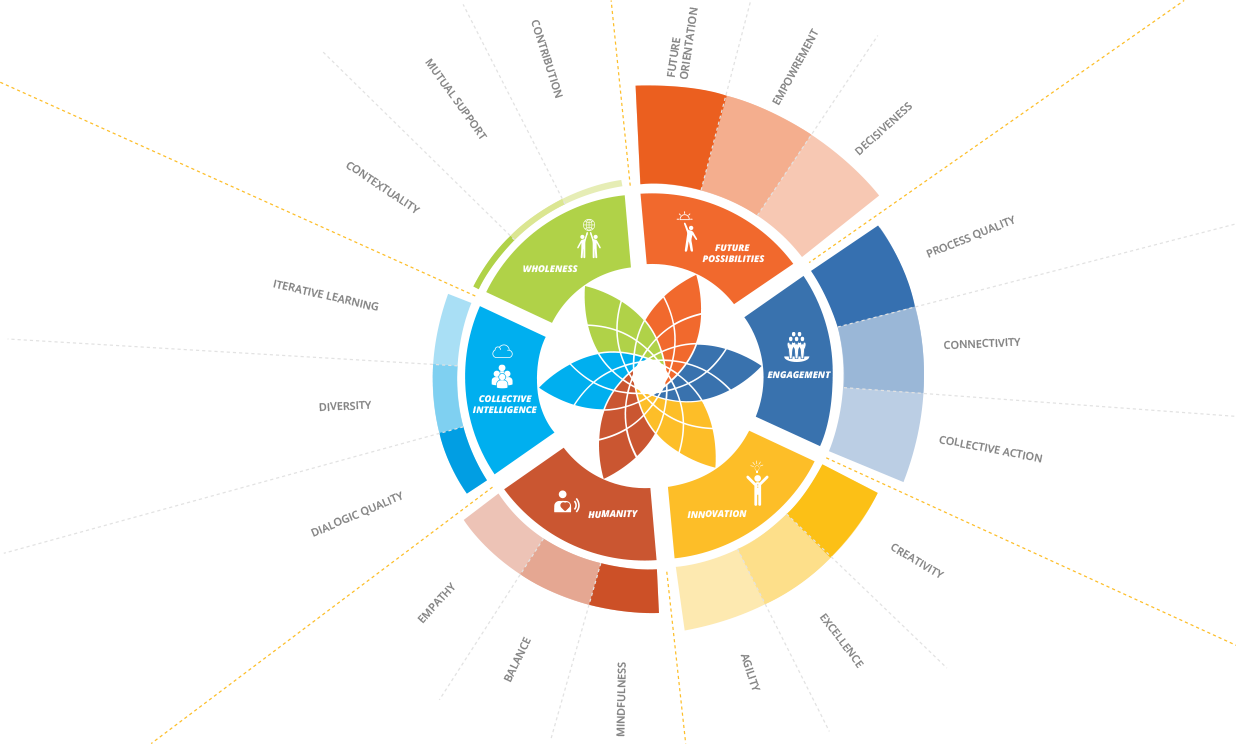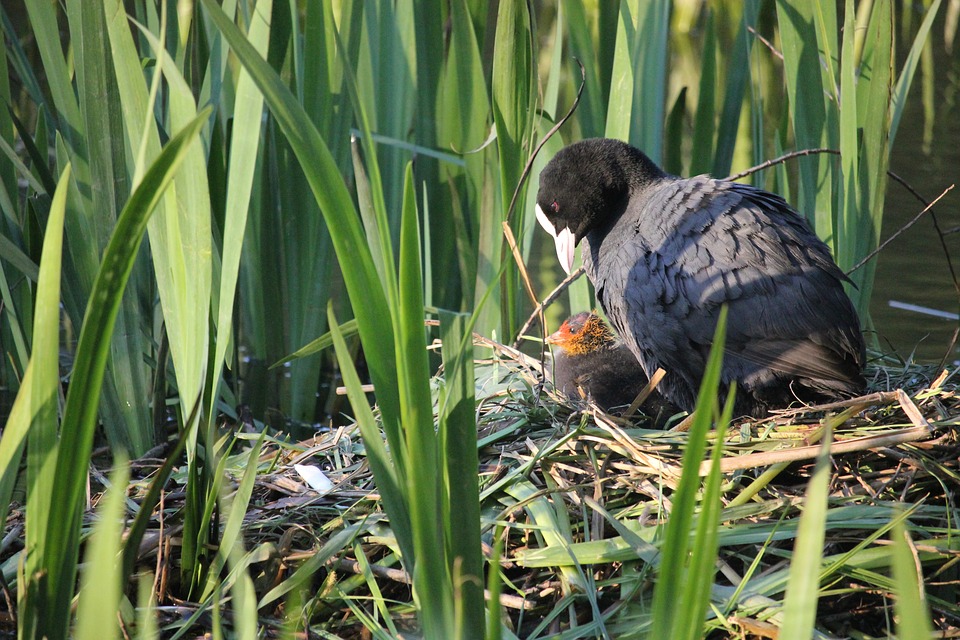
Celine is a water engineer and the chair of the inter-ministerial coordination committee for the implementation of the drinking water policy in an African Country. She is up-to date with best practices in integrated water management worldwide, but access to drinking water is a particular challenge in her country. Although the country is water rich, less than 20% of its population has access to healthy drinking water. With the help of development agencies and consultants the government put in place a water policy but the country lacks coordination among stakeholders.

When Celine used the tool identify your competency pattern she saw her strengths were future possibilities and wholeness. She was known as a determined person, once she had made up her mind, she followed-through. Her training as an engineer helped her in planning and monitoring. Nothing got lost from Celine’s to do list. The downside of being so organized was that she often ran meetings in a very formal way. She noticed that people did not engage. She identified wholeness as her second strong area, because it was easy for her—with her international experience—to see the larger picture, the global context in which she acted. She realized she needed to develop her skills in engagement and collective intelligence. In relation to the challenge she had defined, she applied the assessment tool identify a challenge pattern in order to find the starting points for change.
The results were clear: despite the fact that all members of the committee would agree on the goal of safe drinking water for all, there was no collective action, no engaging process for better collaboration in place, and no dialogue and learning mechanisms that would truly inspire people to share experience and improve delivery. Everybody was driving his or her own agenda. She identified the dimension of engagement as a starting point and decided she needed to create an engagement process that mirrored the way a future dialogue and coordination platform would work. With the tool action plan she identified selected dimensions and aspects as starting points for the most important steps of a 6 months action plan. With focus on the aspects of connectivity and dialogic quality, she set up interview appointments with the most relevant stakeholders involved, not only in government, but also international NGOs and donor organizations who had projects in water. Keeping the aspects of empowerment and future orientation in mind, she trained herself to make these conversations inspiring and solution-focused. With attention to the aspect of iterative learning she brought the results back into the next meeting of the water committee. She engaged the members into a conversation on how – with attention to the aspect of mutual support – they could improve collective action between the ministries as well as the international implementing agencies. When she suggested creating a dialogue and coordination platform for all relevant stakeholders, they were still skeptical, but not opposed. Celine got the mandate to test the resonance for such an exchange structure with stakeholders.
One year later the first stakeholder dialogue platform had taken place. For the first time, it was transparent to all, which actor was active in which technical implementation, with which focus, and in which geographical area. Moreover, as a result of Celine’s continuous engagement, the different agencies did not only present their successes, but engaged in an open dialogue around the challenges and shortcomings. From this meeting, a number of collaboration initiatives around certain implementation challenges emerged. Celine considered her biggest success the fact that the inter-ministerial committee members had taken ownership of the process. For the first time, the different ministries coordinated their inputs and not only spoke with one voice during the platform launch, but they had also embarked on internal improvement processes that would ensure better delivery standards and more coordination in ensuring drinking water supply.


Peter is the Executive Director of DiversAct, an international NGO in Europe. The mission of the organization is to put biodiversity and natural resource management high on the public agenda.
Read More
Andrea is the sustainability manager of a European energy supply company that intends to enter into the renewable energy field, but still runs coal and a few nuclear energy plants.
Read More
Celine is a water engineer and the chair of the inter-ministerial coordination committee for the implementation of the drinking water policy in an African Country.
Read More
Nadeem is leading a complex strategic sustainability initiative between NGOs, development cooperation, the public sector and the private sector.
Read More
Mike is the CEO of medium-size textile company. When he joined the company, sustainability issues were still seen as belonging to the communication department.
Read More